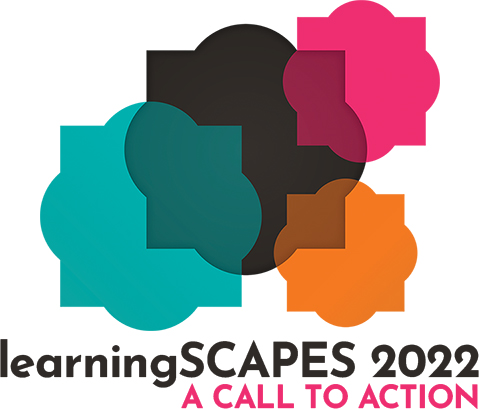 | 1 LU / HSW |
 | 1 LU / HSW |
The new upper school at Sandy Spring Friends School in Maryland, designed in every way with user health and wellness in mind, is the first WELL pre-certified high school in the United States. The project is currently pre-certified gold, and upon resolution of a curative action plan will receive its certification becoming the first WELL certified high school in the United States. Doss Elementary School in Austin, Texas is a Caudill Award winner project, that is expected to achieve LEED Gold certification. Planning for this school was done with high level of community engagement and high-performance goals were set with feedback from the campus advisory team that included parents, neighbors, and educators. It was critical for the team to be able to create a sustainable building that also enhanced student and teacher health and wellbeing. The team was able to incorporate many design concepts that followed Biophilic principles of connecting users to the natural environment. As we discuss the two buildings with different overarching goals in different parts of the country and look at how those goals came to fruition, we will show relevant applications of WELL concepts and design strategies that create a sense of place and improve student and teacher mental and physical wellbeing. Can innovative, next generation learning environments benefit from these concepts? Does energy efficiency or wellness get compromised when either LEED or WELL certification is chosen over the other? Join as we learn in this interactive presentation from educators and architects about user experiences in these buildings that are designed with user wellbeing in mind. We will also show how various sustainability and wellness concepts in the school environment can engage the students and teach them to lead an environmentally conscious and healthy lifestyle.
Learning Objectives:

Shivani is a LEED and WELL Accredited Principal, Senior Project Architect and Regional Sustainability Leader at Stantec with over 20 years of experience. She has incorporated high performance and sustainability goals in many projects including net zero energy projects over the years. She leads and has presented on Stantec's Sustainability Research and Benchmarking program work that includes research on many aspects of sustainability with the goal to constantly inform future designs, design processes and decisions.


As Sustainability Manager at Austin ISD, Darien implements programs and tracks performance in water & energy conservation, recycling & composting, alternative transportation, green building, and teaching & learning. She enjoys addressing sustainability to create positive change towards conservation, responsible practices, and youth engagement at Austin ISD.

The built and natural environments have profound impacts on our behaviors both for better and worse. How do we cultivate a sense of place for better? How might the built and natural environments be made to enhance teaching and learning? How might school buildings and grounds foster a sense of community by reflecting those they serve?
Primary Core Competency
Design of Educational Facilities: Acts as a resource to the design team in providing ongoing guidance and support to ensure that the emerging and ultimate design aligns with the established community vision, education goals, future programming, written design standards, best/next practices and education policy.
Learning Units/Health, Safety, Welfare (LU/HSW)
This presentation is completely related to the WELL building standard and design strategies that help enhance user health and wellbeing.